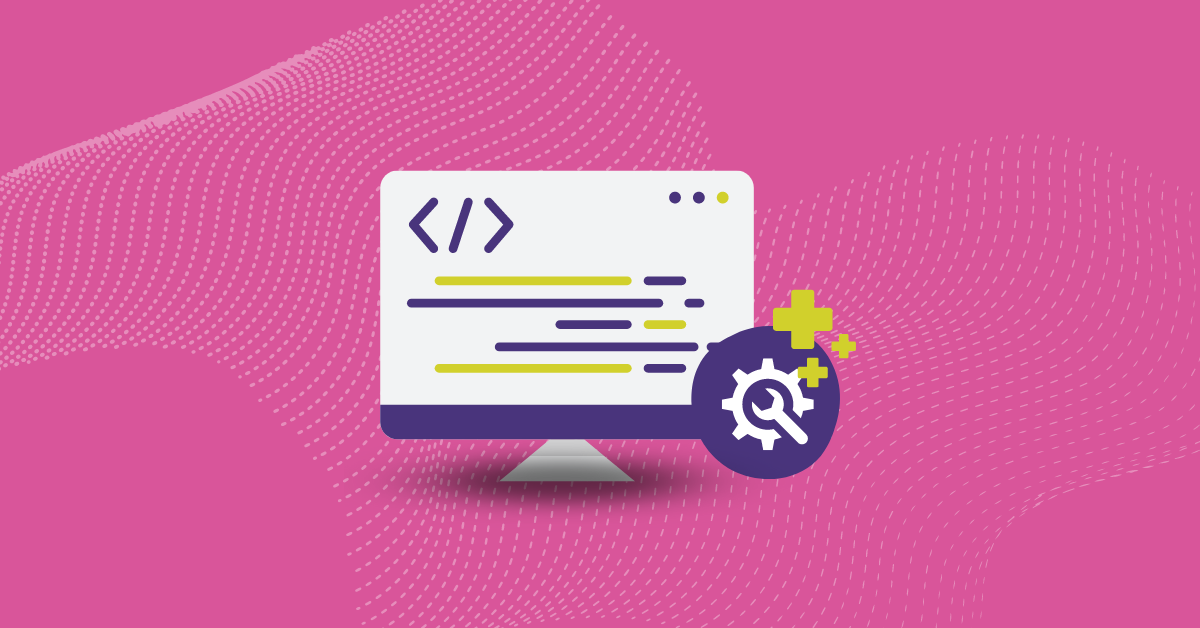As our use of technology grows and evolves, so do the threats presented by bad actors constantly looking for ways to exploit software vulnerabilities. Mitigating these risks during the software development lifecycle (SDLC) has become critical in helping developers set up secure software builds from the outset.
Vulnerability remediation, or vulnerability management, is a set of processes that help teams locate and address cybersecurity weaknesses in systems and applications. A robust remediation infrastructure helps organizations address security gaps and protect against internal and external threats.
The Importance of Vulnerability Mitigation To Secure Software Development
Using vulnerability remediation best practices is essential to helping businesses address cybersecurity issues. It’s a set of processes designed to identify, prioritize, and handle security vulnerabilities found in software systems and applications. Common software weaknesses include bugs, misconfigurations, design flaws, or known security problems in a third-party component or library.
When done correctly, vulnerability mitigation reduces the software’s attack surface, making it more resistant to exploitation by attackers. Below are several reasons why vulnerability mitigation is so vital to the SDLC.
- Security and Risk Mitigation: Vulnerability assessments help developers and security professionals enhance application security. They give you a framework to handle software platform weaknesses promptly, reducing the potential for cyberattacks like a security breach that lead to data theft.
- Legal and Regulatory Compliance: Companies operating in industries like finance must follow strict regulations and compliance requirements regarding data security and privacy. Any organization that doesn’t make addressing vulnerabilities a priority can become non-compliant, leading to legal consequences and financial penalties.
- Trust and Reputation: Security breaches that compromise customer data security can seriously impact an organization’s reputation, leading to severe financial losses. If customers lose trust in an institution, they will likely take their business to a competitor.
- Cost Savings: Dealing with SDLC security issues early saves companies money over the long term. It’s more cost-effective to address a vulnerability during development than after a security breach. Remediating a security problem after the fact can lead to substantial legal fees, regulatory fines, and costly public relations efforts.
- Business Continuity: Cyberattacks caused by application weaknesses can lead to extended downtime, lost revenue, and productivity issues. Proactively dealing with vulnerabilities helps companies maintain business continuity and minimize the impacts of security incidents.
Understanding the Vulnerability Remediation Process
Integrating vulnerability remediation into different stages of the SDLC increases its effectiveness. This approach, called shift left, focuses on dealing with problems as early as possible. Let’s look at incorporating vulnerability remediation into the software development process.
1. Planning and Requirements Gathering
First, identify the stakeholders you need to involve in your software development project, which usually includes:
- Development teams
- Security teams
- Project managers
- Business stakeholders
Next, start outlining clear security objectives you wish to achieve with the project. You need to detail your desired outcomes and make sure they align with your organization’s overall security strategy. Examples include:
- Figuring out your most critical assets, data, and functionalities that need protection
- Setting up security standards and guidelines for developers to follow during the software build
- Identifying industry-specific regulatory compliance requirements that the project must meet
- Establishing key performance metrics (KPIs) to measure the effectiveness of your team’s vulnerability remediation efforts
Other critical parts of the planning and requirement-gathering phase include:
- Performing a risk assessment to identify threats your software application may face
- Defining security features, controls, and practices to follow during the SDLC
- Creating key documents and providing essential security training to development teams
- Setting up regular meetings and checkpoints to check security management progress
- Establishing a system for tracking and managing security issues throughout the SDLC
2. Design and Architecture
Collaborate with your project team to define the software application’s security architecture. Key elements typically include:
- Setting up security controls and mechanisms to protect the application
- Establishing security layers within the architecture to protect elements located at a deeper level
- Designing how to authenticate and authorize users to ensure no one who lacks proper access can access specific functionalities and data
Once that’s done, create a threat model to help your team analyze and understand different attack vectors to which your application might become exposed. Key aspects of threat modeling include identifying vulnerable assets, identifying potential threats, and performing a risk assessment.
3. Development Process
At this point, developers take the design and architecture specifications drawn up in previous phases and turn them into a functional software application. They make sure to address vulnerabilities while following security best practices during development, which include:
- Validating Input: Protect inputs against common threats like SQL injection and cross-site scripting (XSS).
- Encoding Output Data: Render data in the interface safely to prevent XSS attacks.
- Using Parameterized Queries: Set up prepared or parameterized queries to prevent SQL injection vulnerabilities in database interactions.
- Avoiding Hard Coding: Steer clear of hardcoding sensitive information like API keys or passwords into source code.
- Configuring Error Handling: Implement proper error handling to avoid exposing sensitive information to hackers.
- Session Management: Use session management practices like timeouts and secure cookie handling.
The codebase should undergo ongoing code reviews, where peers and security experts assess the code for security flaws and vulnerabilities.
4. Testing
Testers should review each code build for any potential issues. That makes the application more secure and resilient against threats. Examples of security testing include:
- Vulnerability Scanning: Use automated vulnerability remediation tools to scan an application for known misconfigurations, vulnerabilities, and other security weaknesses, such as outdated software components or exposed sensitive information.
- Penetration Testing: Also called ethical hacking, penetration testing involves having a security professional simulate real-world attacks to expose application weaknesses that weren’t detected during automated scanning.
- Security Code Review: Security experts manually inspect an application’s source code to detect problems such as coding errors and insecure authentication mechanisms.
- Threat Model Validation: Review and validate the threat model created during the design phase to confirm the proper mitigation of any identified threats.
5. Deployment
Here, remediated software gets prepared for release to a production environment. This phase starts with release planning to coordinate the deployment process by establishing a deployment schedule, defining roles and responsibilities, and communicating the release plan to all stakeholders. Essential steps in this process include:
- Verifying that application settings, server configurations, and network settings align with outlined security standards
- Establishing change control processes to track, document, and approve changes during deployment
- Using automated deployment pipelines that incorporate security checks before promoting code to production
- Following secure deployment practices to minimize security risks
Improve Code Security With Kiuwan
Kiuwan helps organizations reinforce secure coding practices when building and deploying software applications. Request your free demo and learn more about our end-to-end application security platform.




